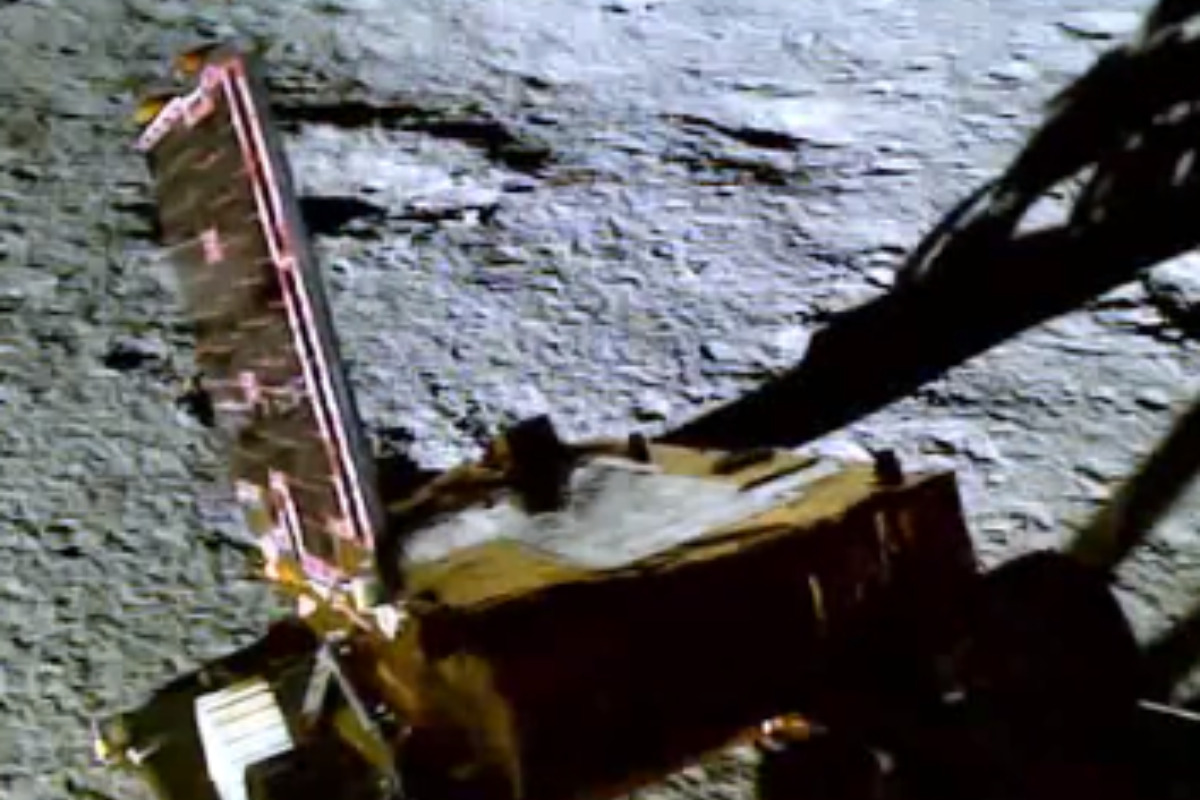The highly ambitious lunar expedition, Chandrayaan-3, undertaken by the Indian Space Research Organisation (ISRO), is poised to wrap up its operations in the coming seven days.
This technologically intricate mission, which successfully executed a soft landing on the moon’s southern pole on August 23, has been a remarkable endeavor for ISRO. The primary focus of the mission was to achieve a gentle lunar touchdown, delve into lunar terrain, and amass invaluable scientific insights.
Among Chandrayaan-3’s pivotal objectives was the quest for water reserves. Scientists anticipate that the immense craters within the moon’s southern polar area, perpetually cloaked in shadow, might harbor ice that could potentially sustain human habitation on the lunar surface.
Named after the Sanskrit term for “wisdom,” the Pragyan rover has been meticulously conducting a series of experiments on the moon’s exterior subsequent to its deployment from the Vikram lander. By scrutinizing lunar soil and procuring data, it has advanced our comprehension of the moon’s composition. Regrettably, as the lunar night sets in, the rover’s operations will halt, signifying the conclusion of the Chandrayaan-3 mission.
The impending conclusion of this mission prompts inquiry
WHY THE PREMATURE END?
The mission’s culmination is attributed to the lunar night, a phase characterized by the moon’s surface being cast into darkness without exposure to the sun.
This phase persists for approximately 14 Earth days, corresponding to one lunar day. Throughout this period, the designated region is plunged into obscurity, rendering it impossible for the solar-powered Pragyan rover to function.
The lunar night materializes due to the moon’s 28-day rotation period in relation to Earth. Half of this duration witnesses the moon’s surface illuminated by the sun, while the other half remains shrouded in darkness. This cyclic occurrence mirrors Earth’s daylight hours pattern, wherein they are extended during summer and reduced during winter due to Earth’s axial tilt.
Keep watching our YouTube Channel ‘DNP INDIA’. Also, please subscribe and follow us on FACEBOOK, INSTAGRAM, and TWITTER.
